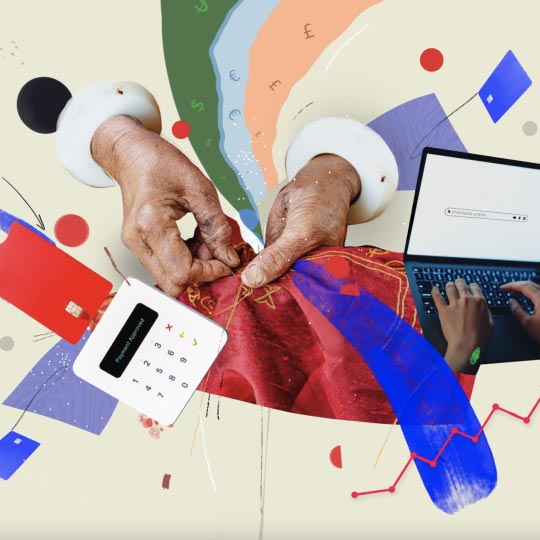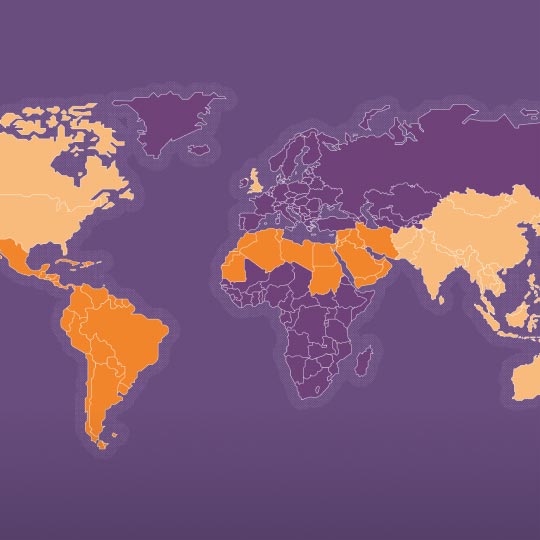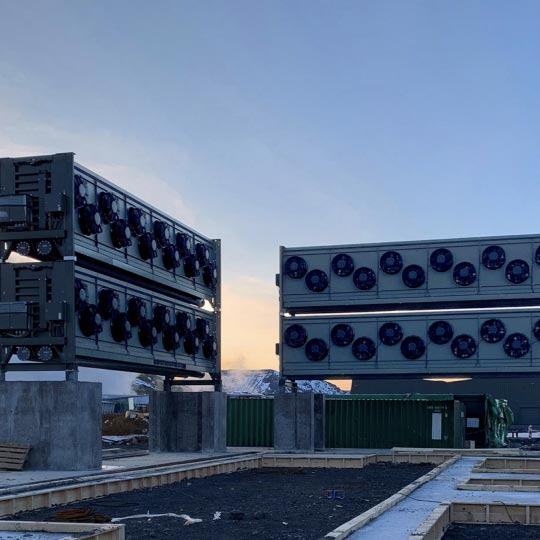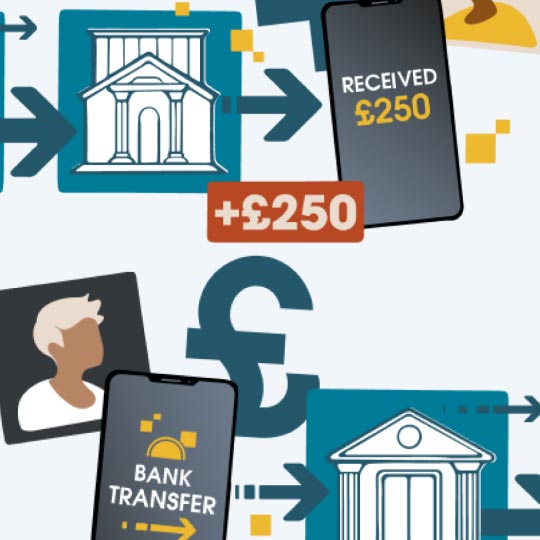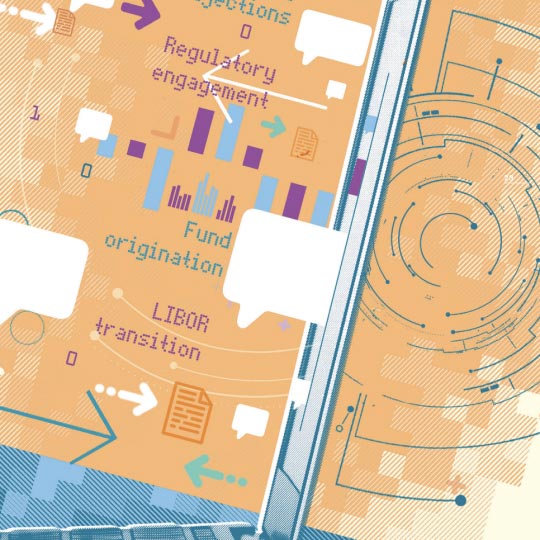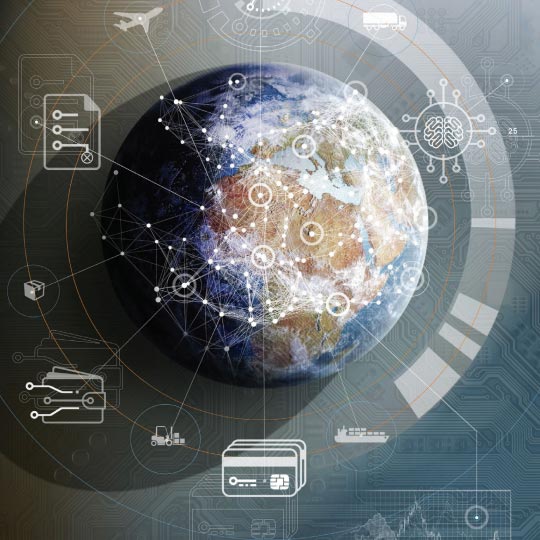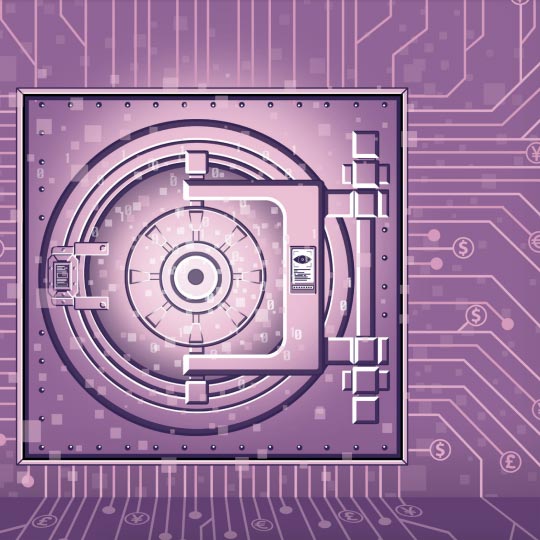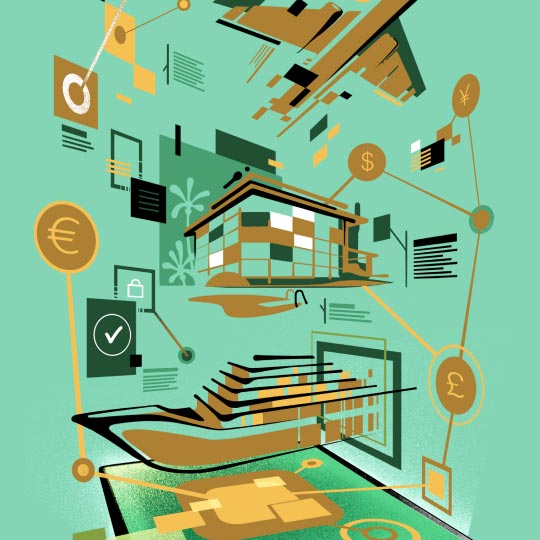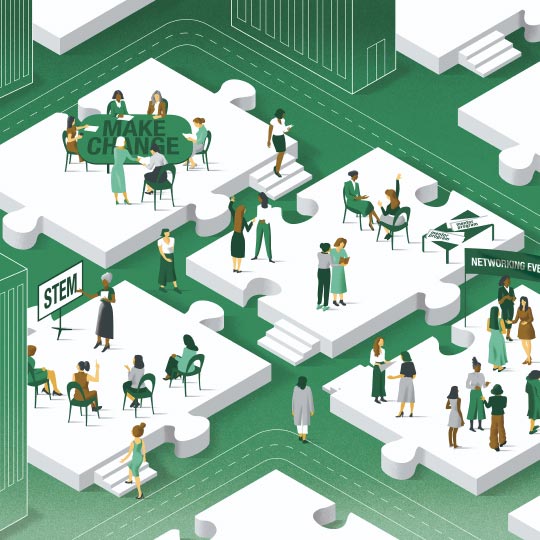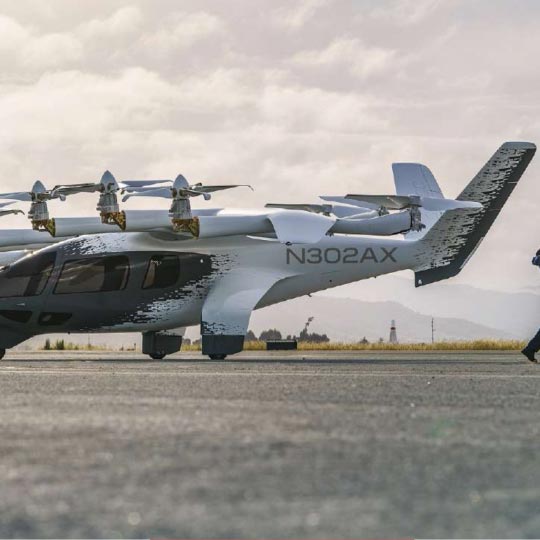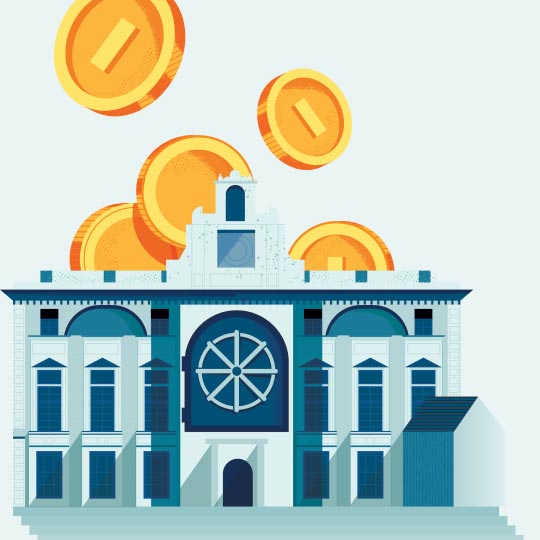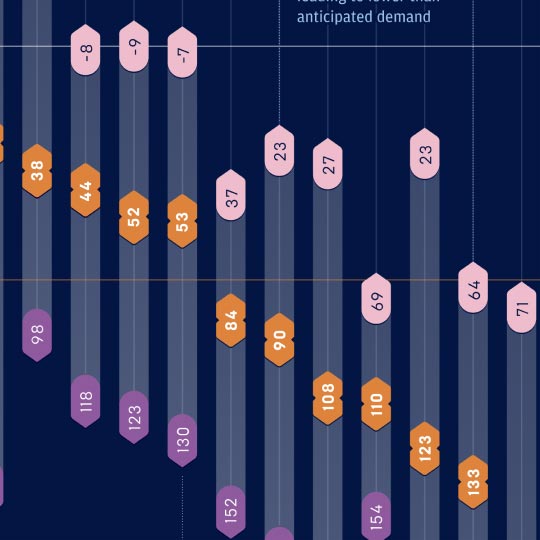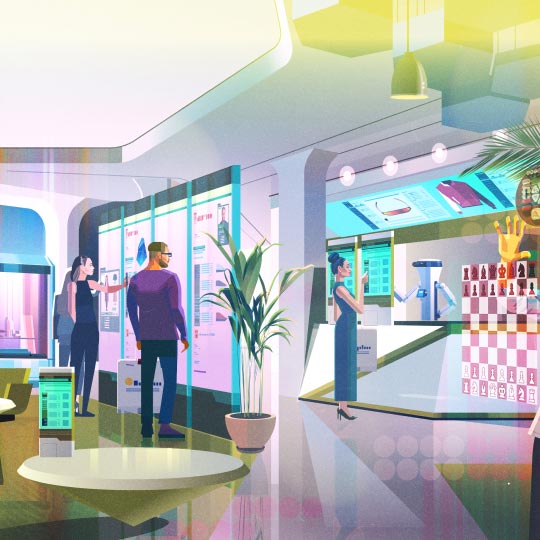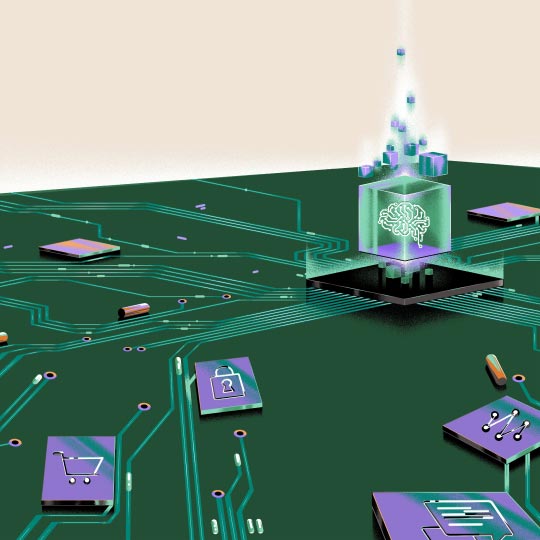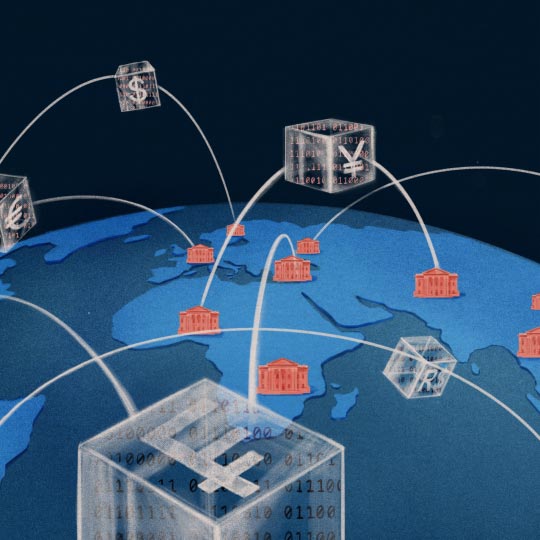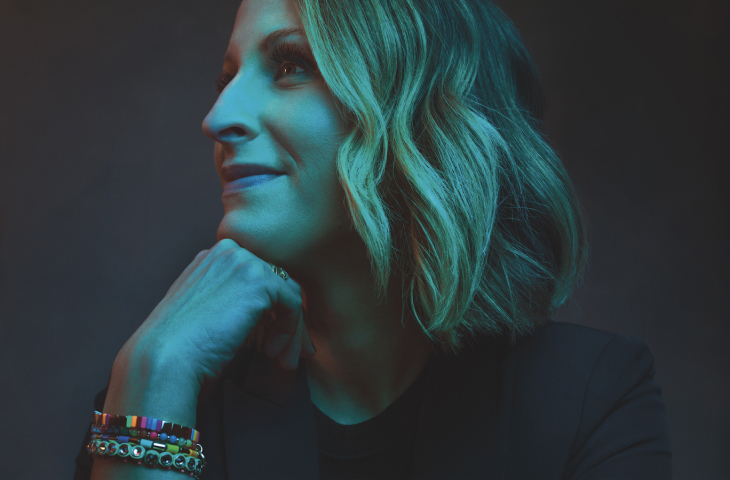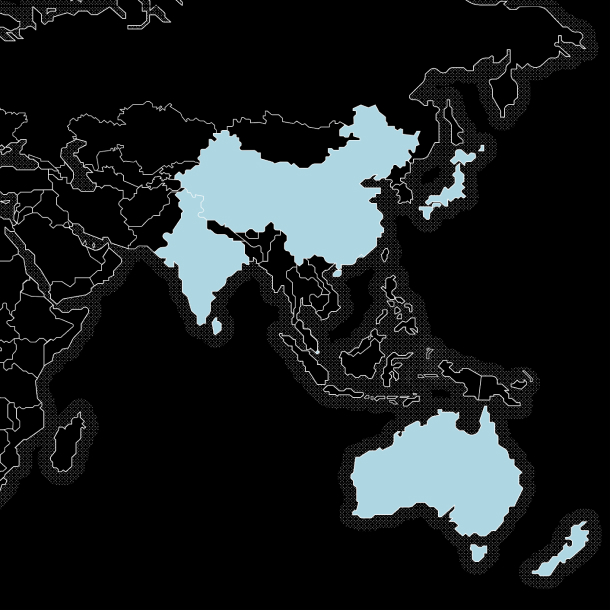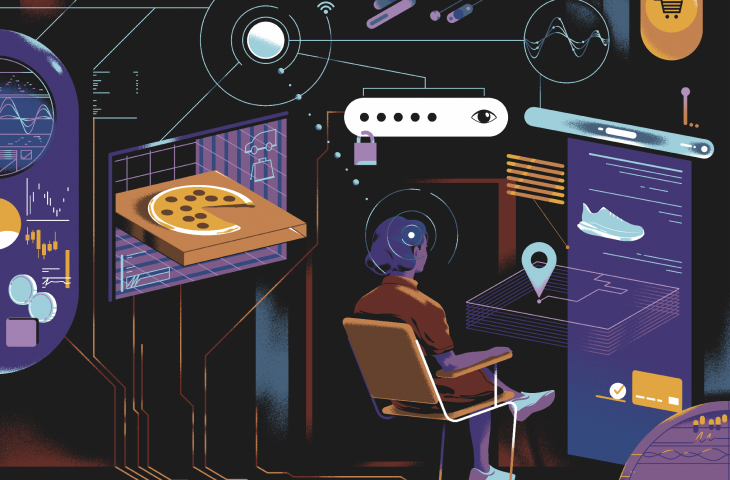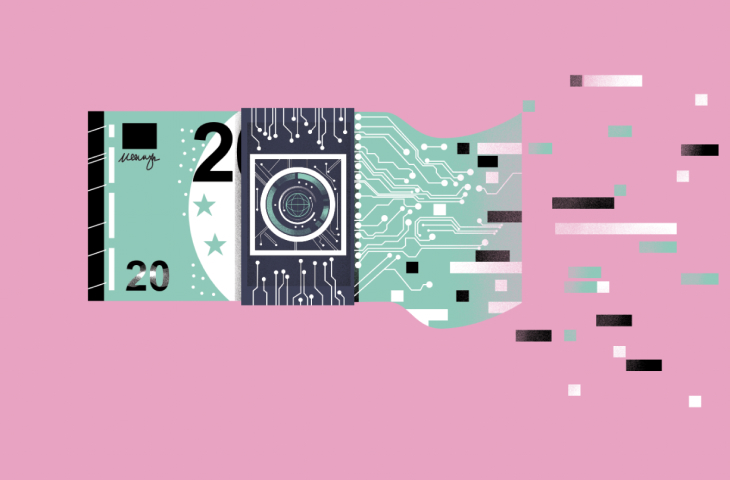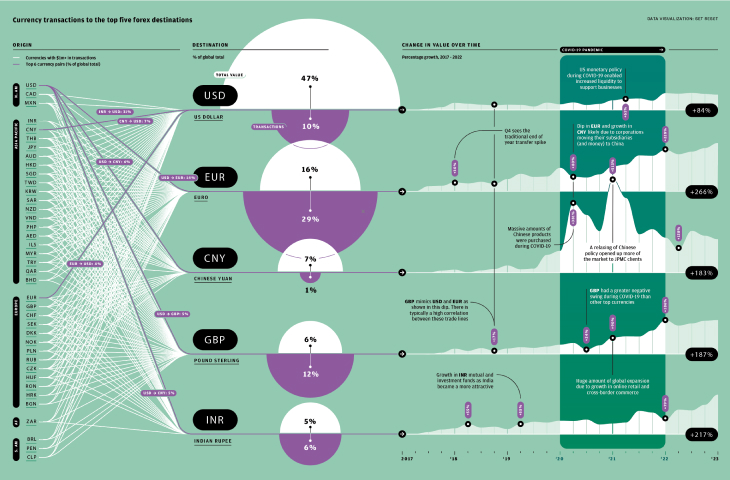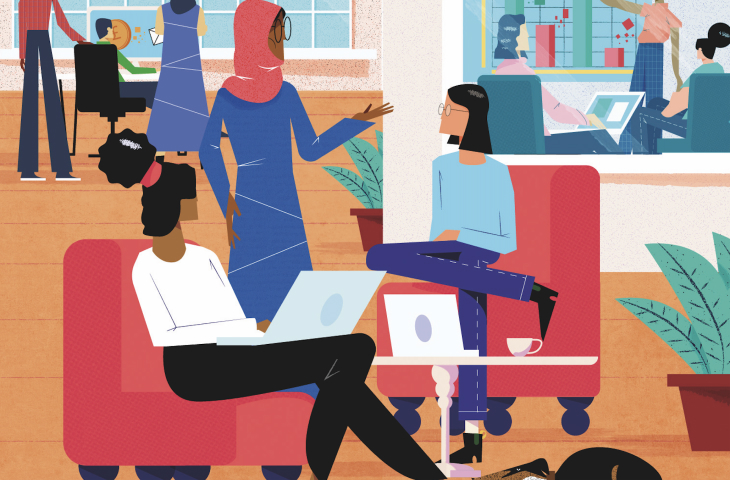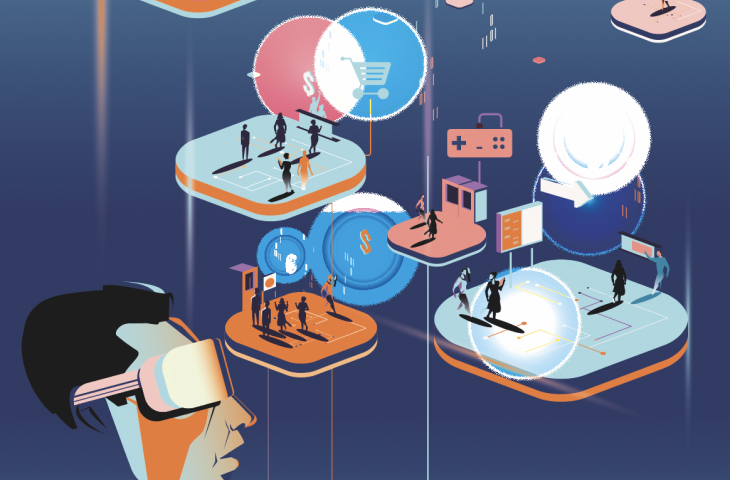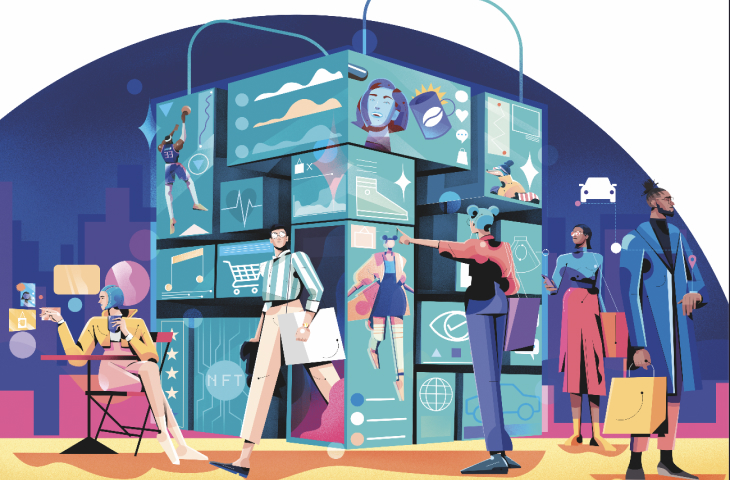From startups to legacy brands, you're making your mark. We're here to help.
-
Innovation Economy
Fueling the success of early-stage startups, venture-backed and high-growth companies.
-
Midsize Businesses
Keep your company growing with custom banking solutions for middle market businesses and specialized industries.
-
Large Corporations
Innovative banking solutions tailored to corporations and specialized industries.
-
Commercial Real Estate
Capitalize on opportunities and prepare for challenges throughout the real estate cycle.
-
Community Impact Banking
When our communities succeed, we all succeed. Local businesses, organizations and community institutions need capital, expertise and connections to thrive.
-
International Banking
Power your business' global growth and operations at every stage.
Key Links
Prepare for future growth with customized loan services, succession planning and capital for business equipment.
-
Asset Based Lending
Enhance your liquidity and gain the flexibility to capitalize on growth opportunities.
-
Equipment Financing
Maximize working capital with flexible equipment and technology financing.
-
Trade & Working Capital
Experience our market-leading supply chain finance solutions that help buyers and suppliers meet their working capital, risk mitigation and cash flow objectives.
-
Syndicated Financing
Leverage customized loan syndication services from a dedicated resource.
-
Commercial Real Estate
Capitalize on opportunities and prepare for challenges throughout the real estate cycle.
-
Employee Stock Ownership Plans
Plan for your business’s future—and your employees’ futures too—with objective advice and financing.
Key Links
Serving the world's largest corporate clients and institutional investors, we support the entire investment cycle with market-leading research, analytics, execution and investor services.
-
Institutional Investors
Putting your long-tenured investment teams on the line to earn the trust of institutional investors.
-
Markets
Direct access to market leading liquidity harnessed through world-class research, tools, data and analytics.
-
Prime Services
Helping hedge funds, asset managers and institutional investors meet the demands of a rapidly evolving market.
-
Global Research
Leveraging cutting-edge technology and innovative tools to bring clients industry-leading analysis and investment advice.
-
Securities Services Solutions
Helping institutional investors, traditional and alternative asset and fund managers, broker dealers and equity issuers meet the demands of changing markets.
Key Links
Providing investment banking solutions, including mergers and acquisitions, capital raising and risk management, for a broad range of corporations, institutions and governments.
-
Center for Carbon Transition
J.P. Morgan’s center of excellence that provides clients the data and firmwide expertise needed to navigate the challenges of transitioning to a low-carbon future.
-
Corporate Finance Advisory
Corporate Finance Advisory (“CFA”) is a global, multi-disciplinary solutions team specializing in structured M&A and capital markets. Learn more.
-
Development Finance Institution
Financing opportunities with anticipated development impact in emerging economies.
-
Sustainable Solutions
Offering ESG-related advisory and coordinating the firm's EMEA coverage of clients in emerging green economy sectors.
-
Mergers and Acquisitions
Bespoke M&A solutions on a global scale.
-
Capital Markets
Holistic coverage across capital markets.
Your partner for commerce, receivables, cross-currency, working capital, blockchain, liquidity and more.
Key Links
A uniquely elevated private banking experience shaped around you.
-
Banking
We have extensive personal and business banking resources that are fine-tuned to your specific needs.
-
Investing
We deliver tailored investing guidance and access to unique investment opportunities from world-class specialists.
-
Lending
We take a strategic approach to lending, working with you to craft the right financing solutions matched to your goals.
-
Planning
No matter where you are in your life, or how complex your needs might be, we’re ready to provide a tailored approach to helping your reach your goals.
Whether you want to invest on your own or work with an advisor to design a personalized investment strategy, we have opportunities for every investor.
-
Invest on your own
Unlimited $0 commission-free online stock, ETF and options trades with access to powerful tools to research, trade and manage your investments.
-
Work with our advisors
When you work with our advisors, you'll get a personalized financial strategy and investment portfolio built around your unique goals-backed by our industry-leading expertise.
-
Expertise for Substantial Wealth
Our Wealth Advisors & Wealth Partners leverage their experience and robust firm resources to deliver highly-personalized, comprehensive solutions across Banking, Lending, Investing, and Wealth Planning.
For Companies and Institutions
-
Commercial Banking
From startups to legacy brands, you're making your mark. We're here to help.
-
Institutional Investing
Serving the world's largest corporate clients and institutional investors, we support the entire investment cycle with market-leading research, analytics, execution and investor services.
-
Payments
Your partner for commerce, receivables, cross-currency, working capital, blockchain, liquidity and more.
-
Credit & Financing
Prepare for future growth with customized loan services, succession planning and capital for business equipment.
-
Investment Banking
Providing investment banking solutions, including mergers and acquisitions, capital raising and risk management, for a broad range of corporations, institutions and governments.
For Individuals
-
Private Bank
A uniquely elevated private banking experience shaped around you.
-
Wealth Management
Whether you want to invest on you own or work with an advisor to design a personalized investment strategy, we have opportunities for every investor.
Explore a variety of insights.
Key Links
Insights by Topic
Explore a variety of insights organized by different topics.
Key Links
Insights by Type
Explore a variety of insights organized by different types of content and media.
Key Links
We aim to be the most respected financial services firm in the world, serving corporations and individuals in more than 100 countries.
Key Links
- Payments
- Payments Unbound
- Payments Unbound - The digital magazine
- Payments Unbound Articles
- Checking Out the Future of Retail
Featuring future-thinking clients
Payments Unbound unites clients from a wide range of industries to bring you innovative insights that help you navigate the future of payments.
Checking out the future of retail
Trillion Dollar Questions

Dilip Kumar
Vice President of Applications, AWSIn a world where convenience is king, friction in the checkout process is bad for business. Studies show that around 80 percent of consumers will avoid standing in a line in-store, even if it means leaving to visit a competitor or abandoning the purchase entirely. The same is also true in e-commerce: A recent survey shows that 90 percent of shoppers cite limited payment options as a reason for cart abandonment.
Frictionless checkout has therefore become a holy grail for retailers. As a retail juggernaut, Amazon is at the forefront of the quest to find new ways to deliver seamless experiences both online and in the physical world. The aim, says Dilip Kumar, VP of Applications at Amazon Web Services (AWS), is to give customers “the gift of time.” We asked him about Amazon’s recent work…
You recently announced that your cashierless “Just Walk Out” technology is a good fit for small-format stores. Where in particular do you think it has potential, and why?
Just Walk Out technology shines in smaller stores because in these locations customers are usually on a “mission driven” shopping trip, wanting to make quick purchases of relatively few items. It means they can shop just like they would in any other store but without standing in line to pay or scanning items at self-checkout.
Our vision for Just Walk Out technology has always been to go where people put a premium on convenience. And I think that we are still very early in the evolution of this technology. Places where you are consistently standing in line present an opportunity for Just Walk Out: airports, universities, hospitals, car charging stations, stadiums and more. I also feel like we're barely scratching the surface in terms of geographic expansion. Just Walk Out technology is currently available in the U.S., UK, Australia, and Canada. But there's no reason why it can't work in Brazil or in South Africa or in Japan, as the appeal for retailers to extend store hours, whether staffed or not, is reasonably universal. In fact, the response from shoppers to Just Walk Out in small-format stores has been so strong that we will launch more third-party Just Walk Out stores in 2024 than any year prior, more than doubling the number of third-party stores with the technology this year.
What’s a big challenge that you think we still need to solve around in-store frictionless payments?
The payments industry is extremely complex. There are a lot of parties involved. One of the challenges is getting to real-time payments without increasing fraud risk. What are the right checks and balances to achieve that? These things normally cause delays, but I feel this is a big potential area of progress.
How do you see conversational commerce improving in the future?
I think it’s going to keep improving because of how good we're getting at both near-field and far-field acoustic technologies and machine learning models that can understand voice intent and actions. Better voice input combined with artificial intelligence will result in ever greater efficiencies. It will be particularly important in many places where voice input is superior to text-based inputs, like driving. With today’s in-car dashboard, people can use voice prompts for a limited set of actions such as selecting music, making calls, or asking for directions. I think the kind of applications will naturally increase over time as the technology becomes more sophisticated. People will be able to use car AI assistants to get personalized recommendations on the best places to stop along their route for food or coffee, or perhaps they’ll use it to approve purchases that the assistant—if it knows enough context about them—anticipates they might need.
You offer Amazon One, your payments tech, to non-Amazon merchants. What is your strategy for getting them to see you not as a competitor but as a potential partner?
AWS has had a long history of providing services to companies, so this is no different. When we launched this service, we knew people shop in more places than just our Amazon locations. Life happens when you're at a stadium, at college, at an airport, or on vacation. We knew that our success included solving our customers’ problems in these places, so we’re looking to provide Amazon One—our palm recognition service for identity, payment, entry, age verification, and loyalty membership—to a wide range of customers and partners. We don’t ask these businesses to replace other forms of identity or payment technologies to be able to use our offering. We want Amazon One to be able to fit in alongside other solutions for identity and payment so customers will always have choice. We always think about this as a partnership.
BY WIRED
IMAGE: GETTY/EUGENE MYMRIN
ILLUSTRATION: CARLA LUCENA
SOURCES AS PER WIRED, MAY 2024

MAGAZINE
Volume 5: Game Changer Volume 4: Ready Payer One Volume 3: Bank to the Future Volume 2: The New World of Commerce Volume 1: The Money Revolution Browse all articlesWEBINARS
View all webinarsYou're now leaving J.P. Morgan
J.P. Morgan’s website and/or mobile terms, privacy and security policies don’t apply to the site or app you're about to visit. Please review its terms, privacy and security policies to see how they apply to you. J.P. Morgan isn’t responsible for (and doesn’t provide) any products, services or content at this third-party site or app, except for products and services that explicitly carry the J.P. Morgan name.



